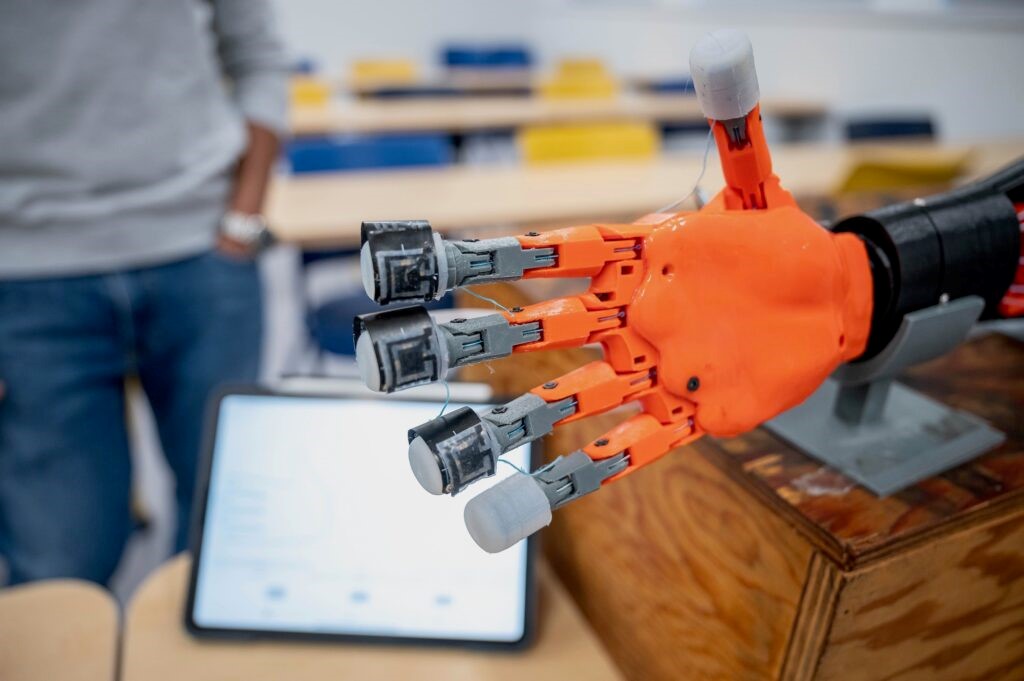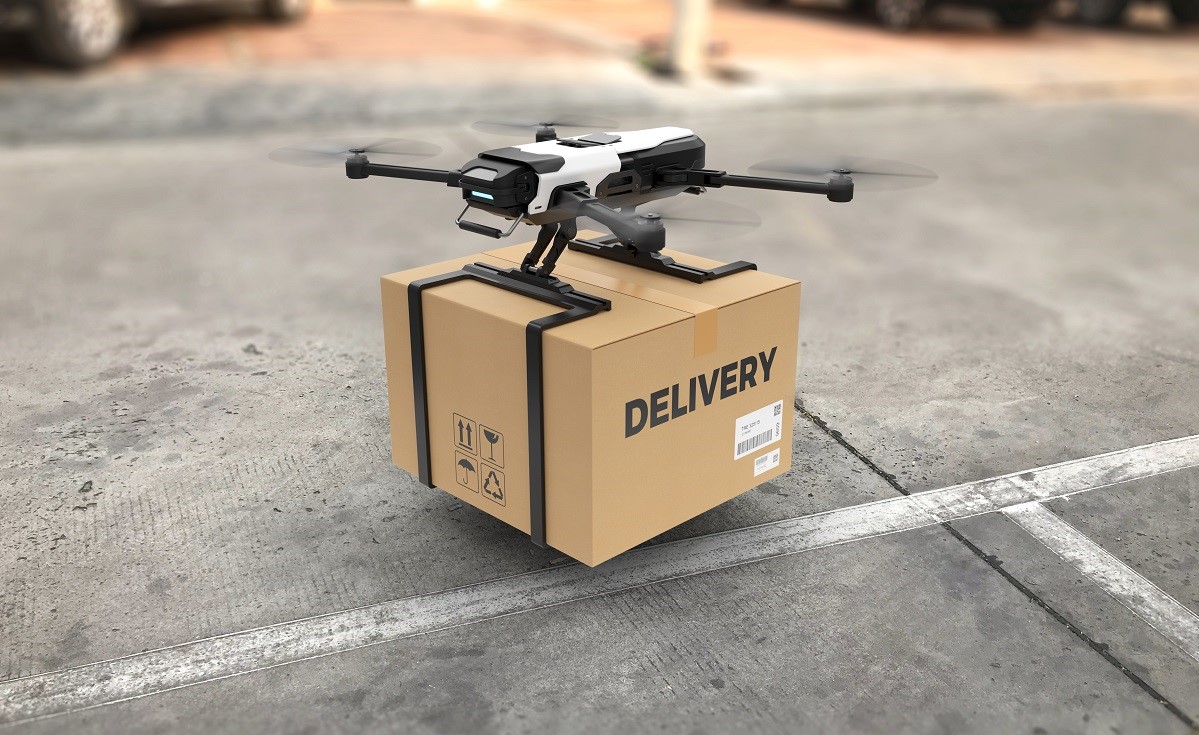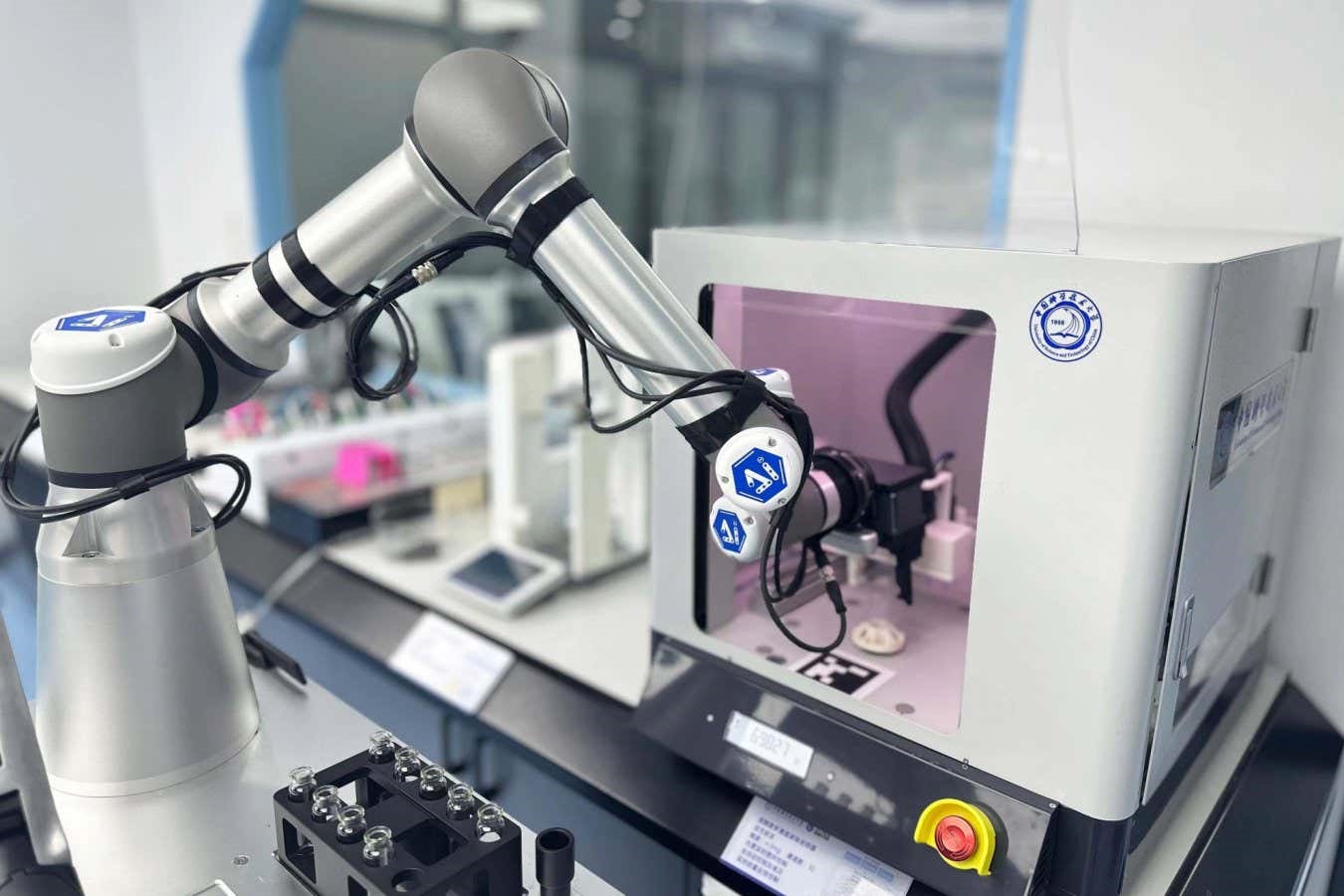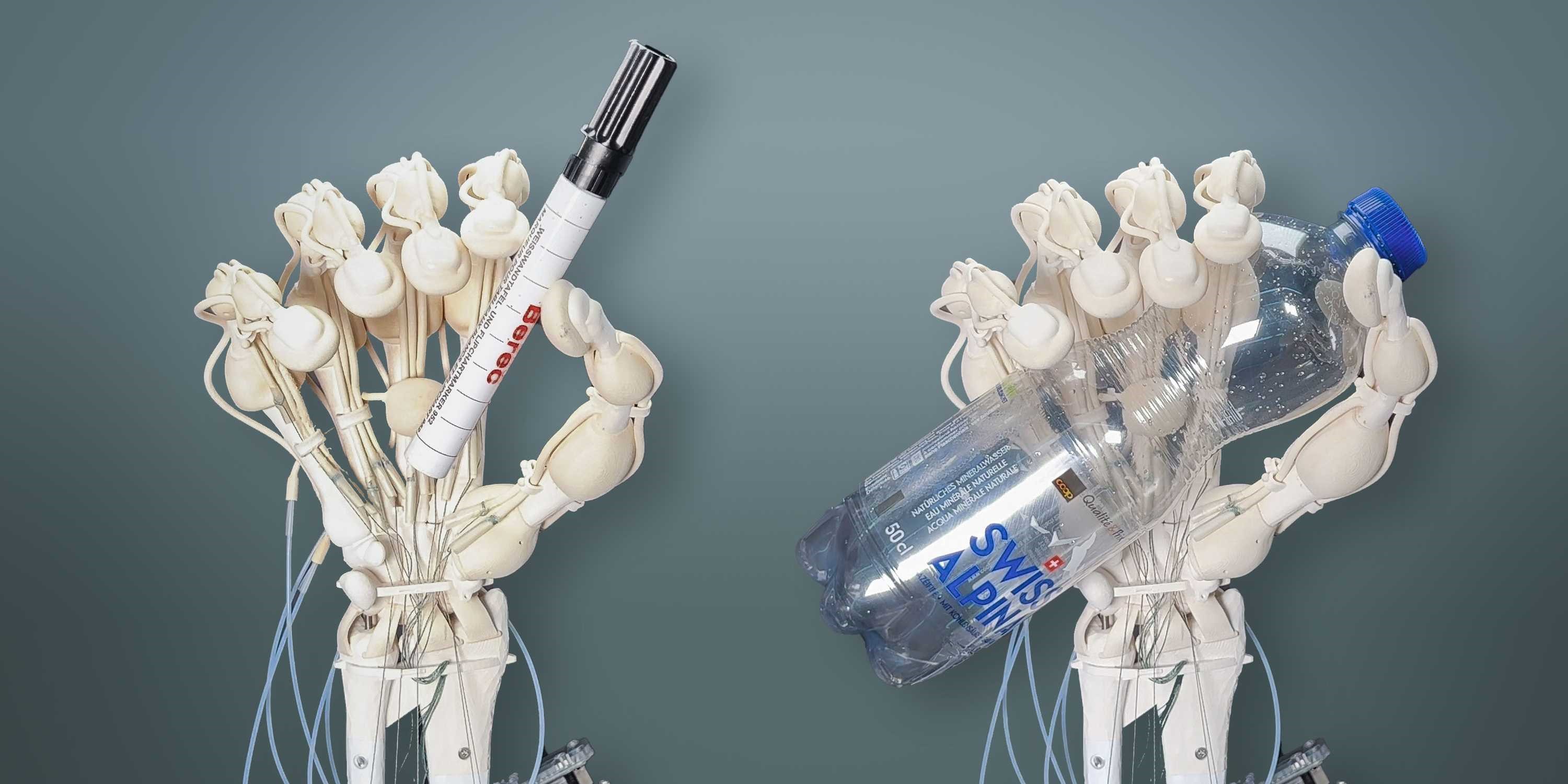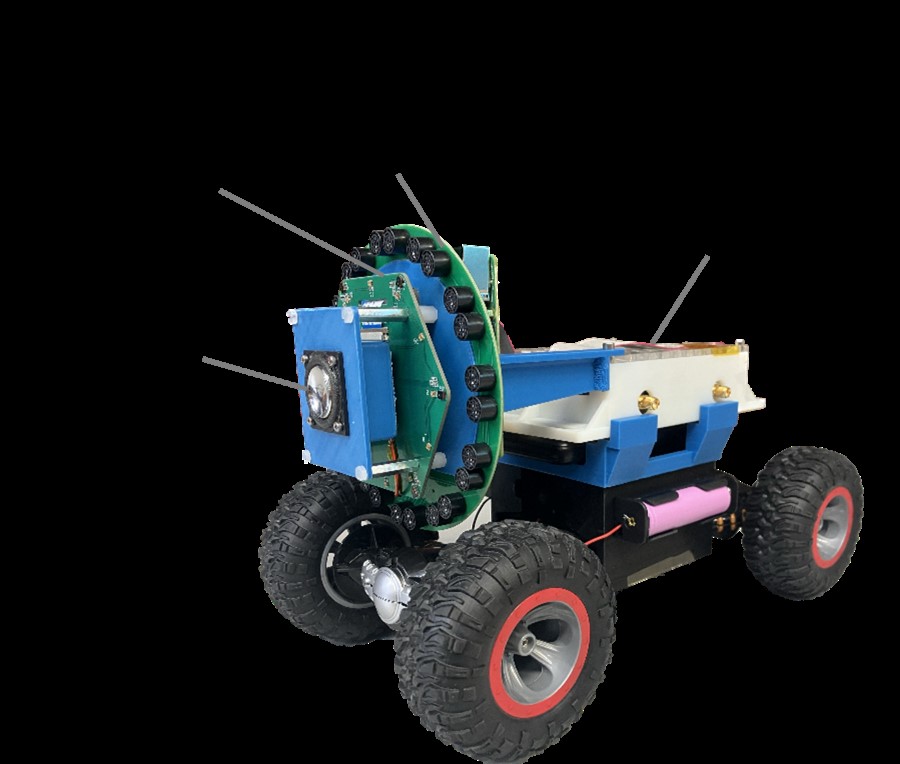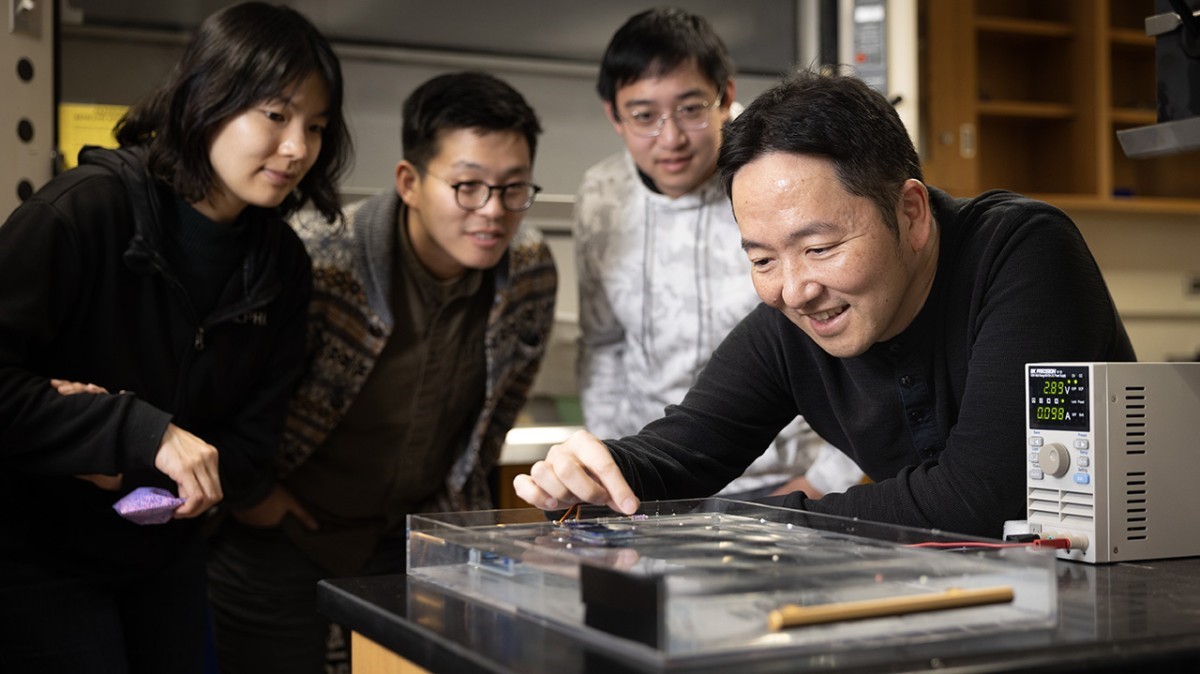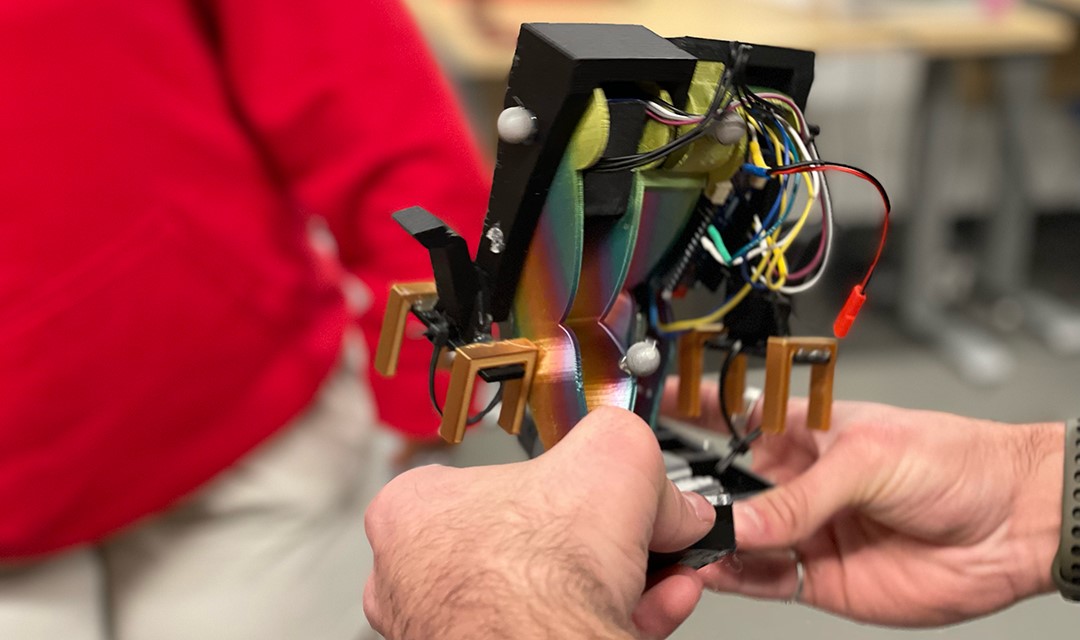Soft Robotics Offers Hope for Freezing Symptoms of Parkinson’s Disease
Parkinson's disease, affecting over 9 million people worldwide, often brings about freezing episodes, a debilitating symptom leading to falls among patients. Current treatments, including pharmacological, surgical, and behavioral therapies, have limitations. However, a breakthrough study by researchers from the Harvard John A. Paulson School of Engineering and Applied Sciences (SEAS) and Boston University Sargent College of Health & Rehabilitation Sciences introduces a promising solution using soft, wearable robotics.
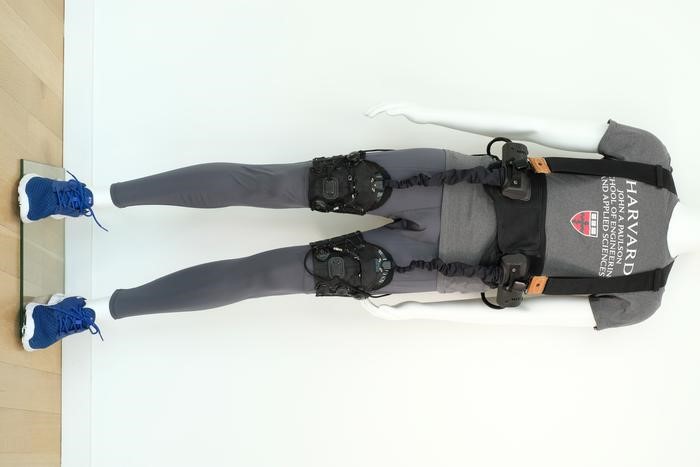
Figure 1. wearable device. (Credit: Walsh Biodesign Lab/Harvard SEAS)
Figure 1 shows the robotic garment (above), worn around the hips and thighs, gives a gentle push to the hips as the leg swings, helping the patient achieve a longer stride.
The Soft Robotic Garment
The innovative approach involves a soft robotic garment worn around the hips and thighs. This wearable device provides a gentle push to the hips during leg swings, allowing patients to achieve longer strides. Remarkably, the device completely eliminated freezing in a participant, enabling faster and extended walking indoors.
Study Findings
The research, recently published in Nature Medicine, underscores the efficacy of soft robotics in addressing the challenging freezing symptom of Parkinson's disease. Conor Walsh, the Paul A. Maeder Professor of Engineering and Applied Sciences at SEAS, notes that even a small amount of mechanical assistance from the wearable robot produced instant and consistent improvements in walking across various conditions.
Potential Impact
This breakthrough offers hope for individuals with Parkinson's disease, not only improving mobility but also restoring independence. Soft robotics demonstrate significant potential in treating this frustrating symptom, providing an alternative to existing therapies that may fall short in effectiveness.
Biodesign Lab's Contribution
The Biodesign Lab at SEAS, led by Conor Walsh, has been at the forefront of developing assistive and rehabilitative robotic technologies for over a decade. Previous technologies, such as an exosuit for post-stroke gait retraining, have successfully translated into commercial products, emphasizing the lab's commitment to enhancing mobility for individuals facing various mobility challenges.
Collaborative Efforts
The success of this soft robotics research stems from a collaborative effort between engineers, rehabilitation scientists, physical therapists, biomechanists, and apparel designers. The Move Lab, a collaborative space supported by a grant from the Massachusetts Technology Collaborative, played a crucial role in facilitating this interdisciplinary research.
As soft robotics continue to show promise in alleviating freezing symptoms in Parkinson's patients, the collaborative efforts between SEAS and Boston University bring us one step closer to a groundbreaking solution. This research not only showcases the potential of wearable robotics in healthcare but also highlights the importance of interdisciplinary collaborations in advancing medical technology.
Source: Harvard John A. Paulson School of Engineering and Applied Sciences
Cite this article:
Hana M (2023), Soft Robotics Offers Hope for Freezing Symptoms of Parkinson’s Disease, AnaTechMaz, pp. 15





